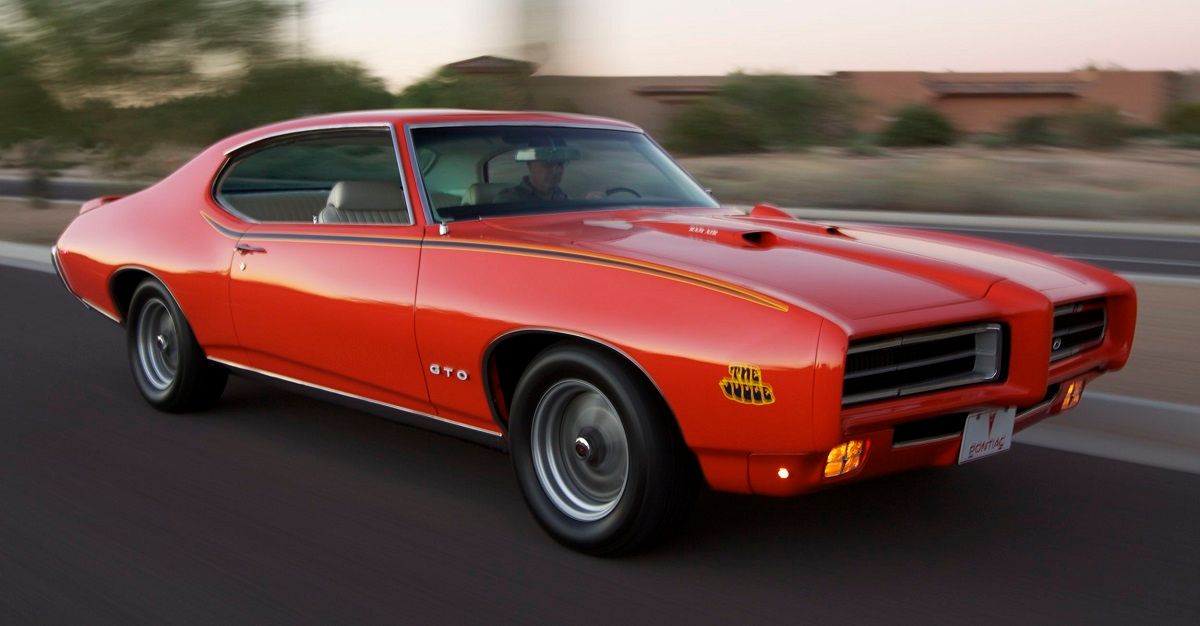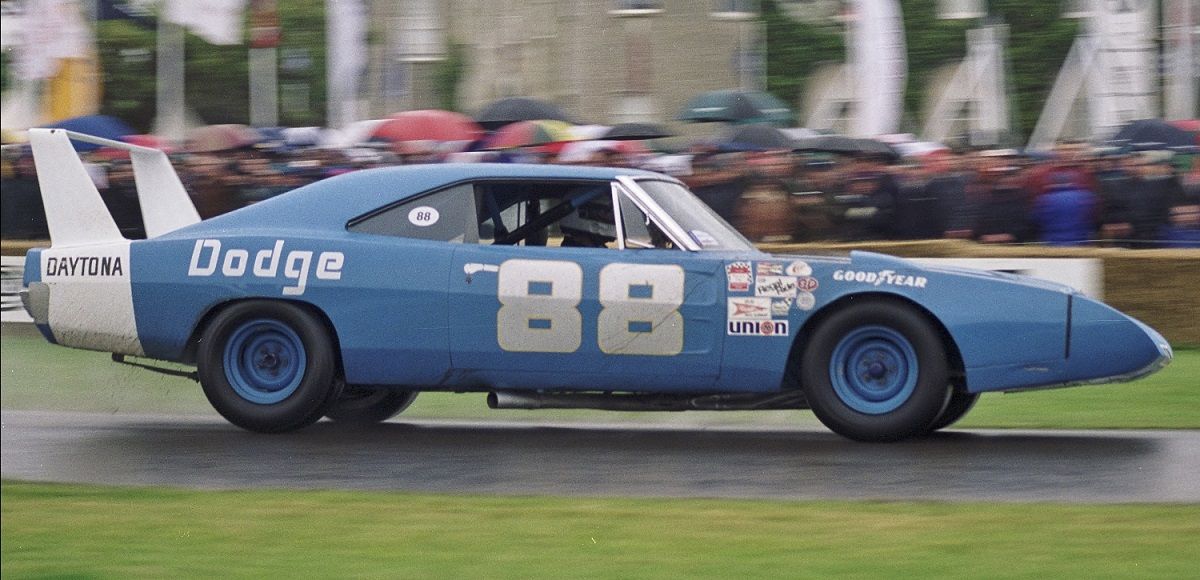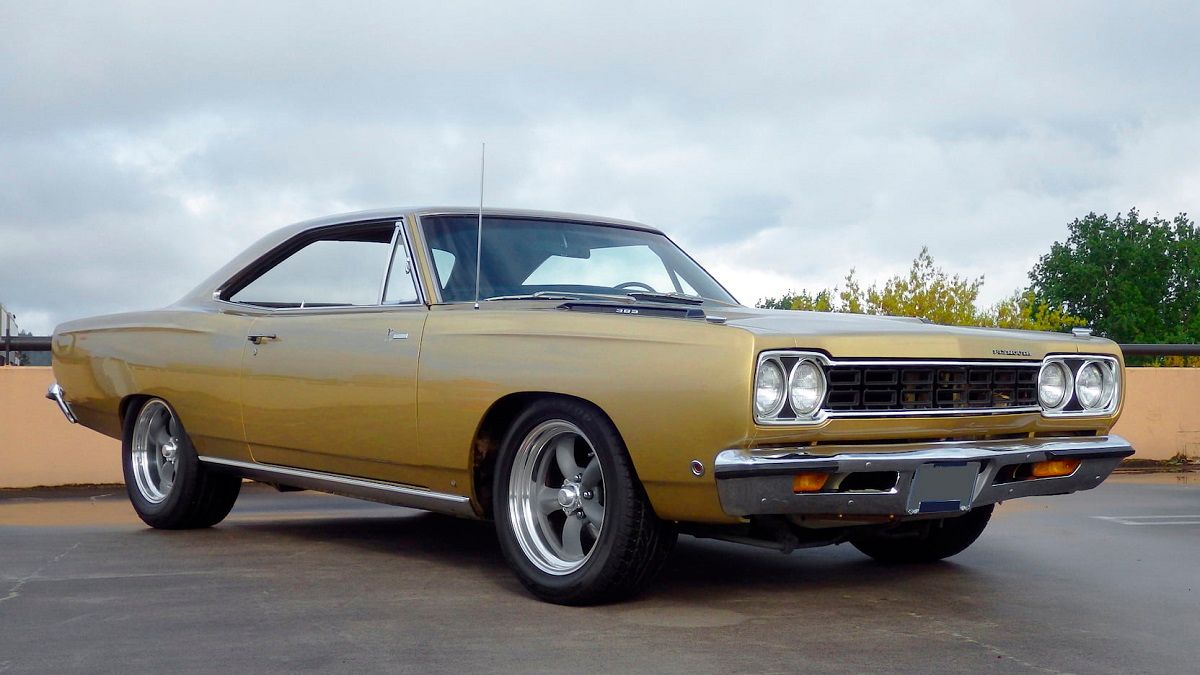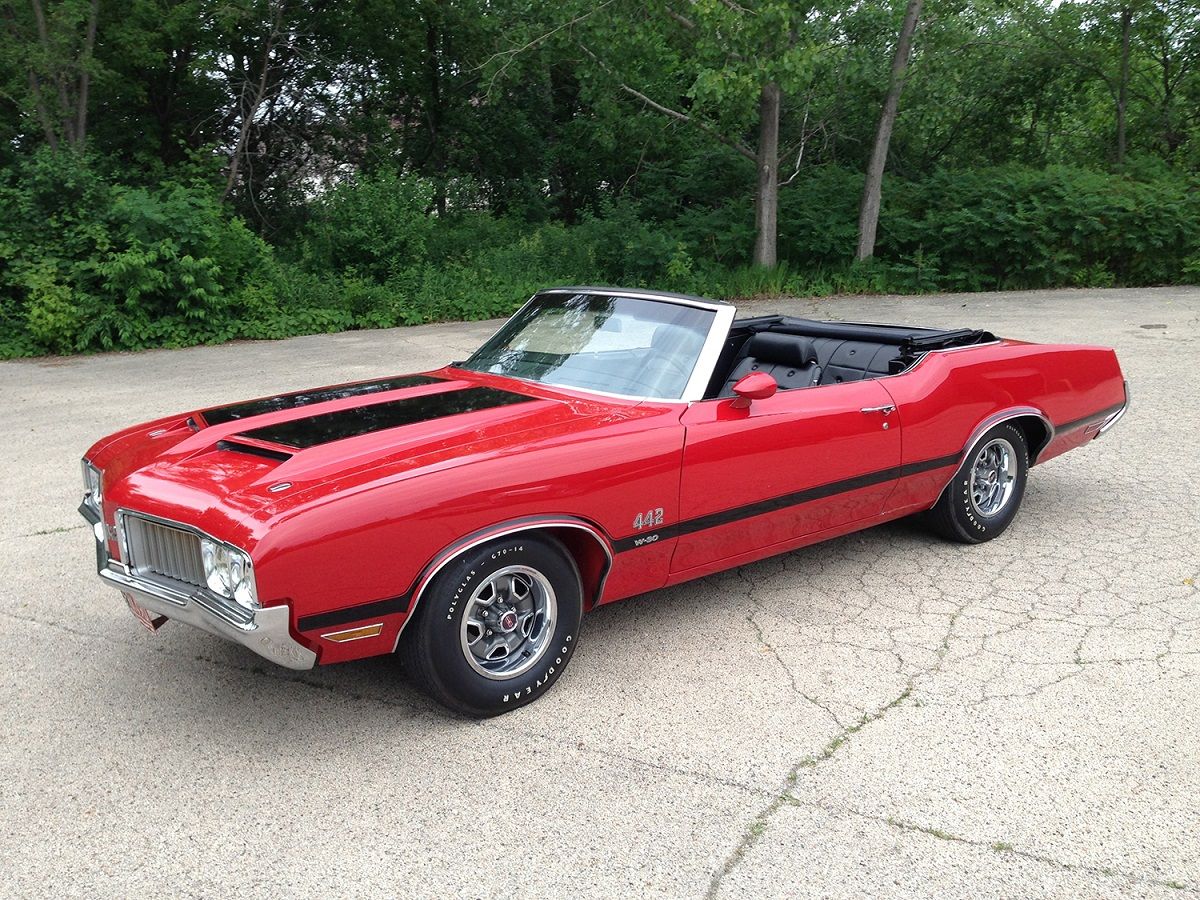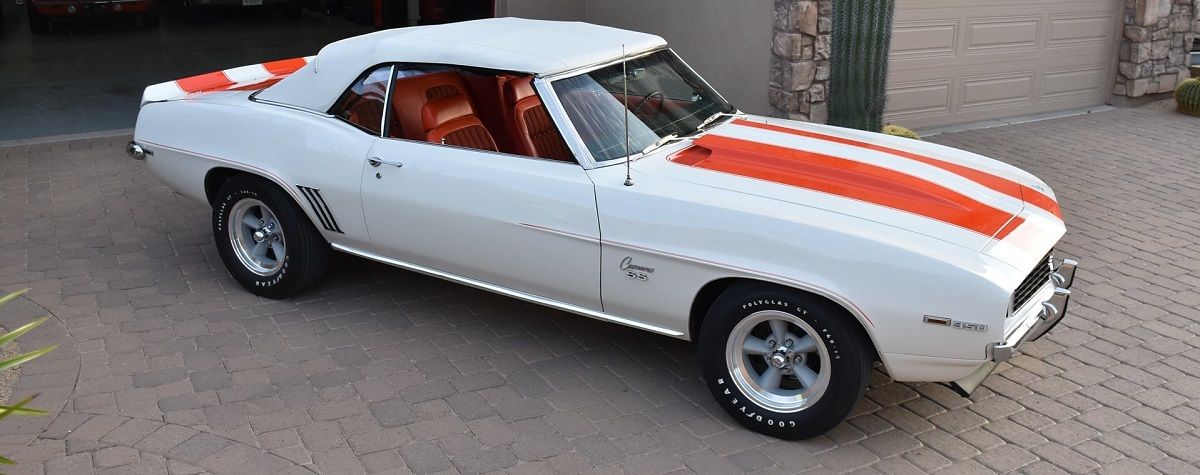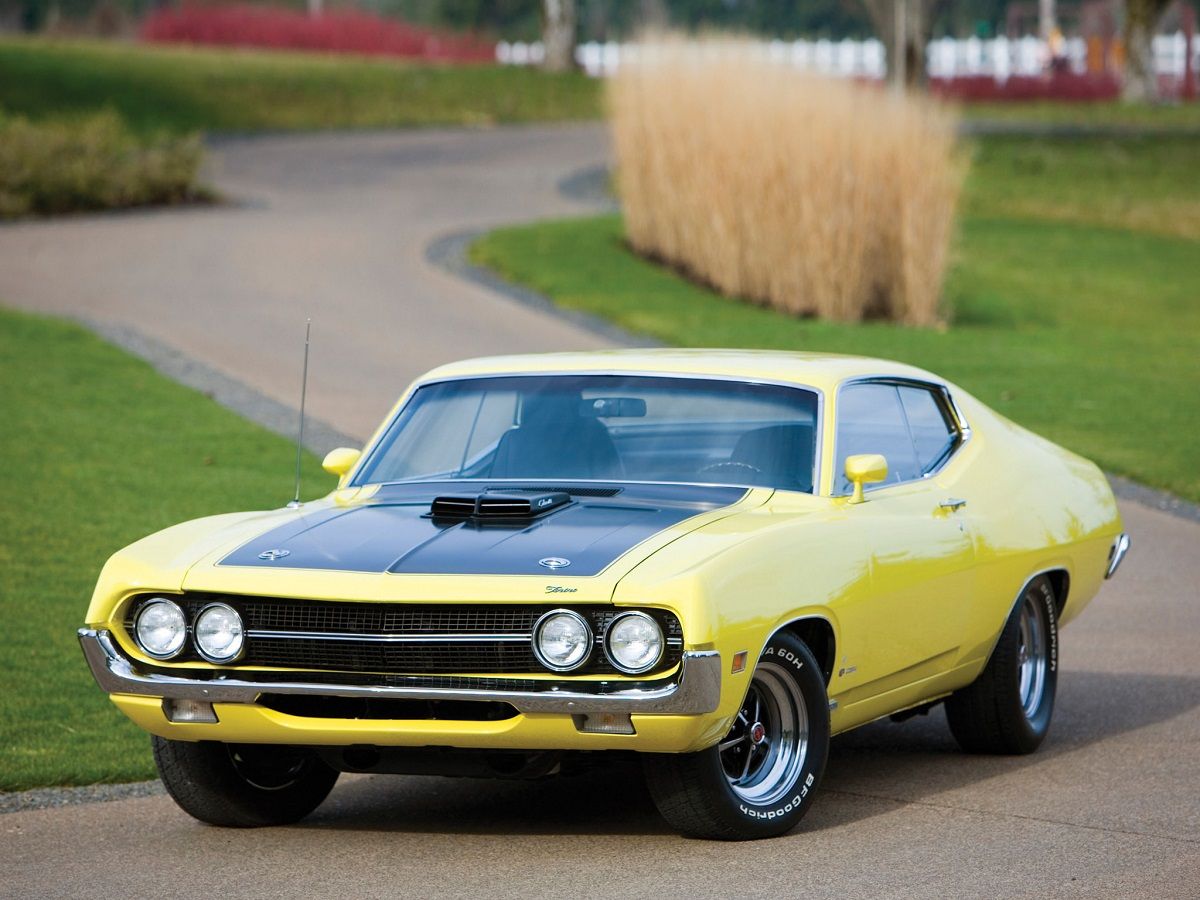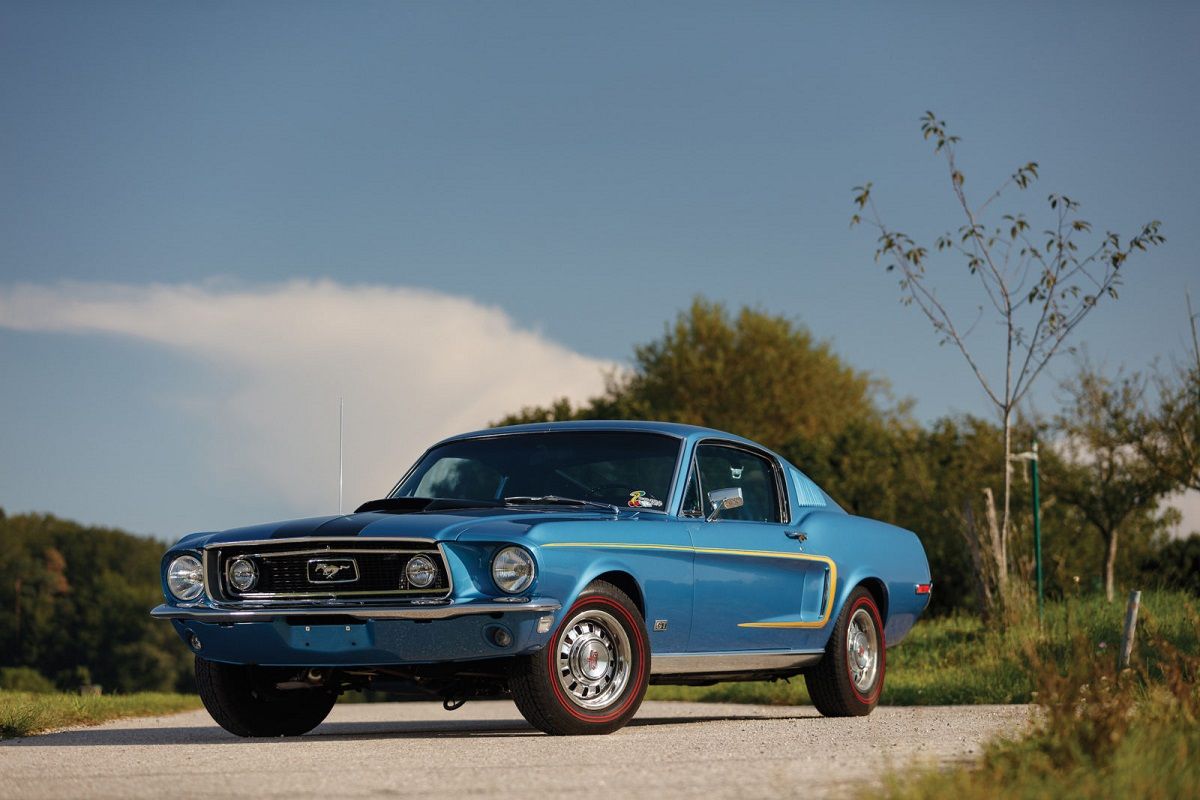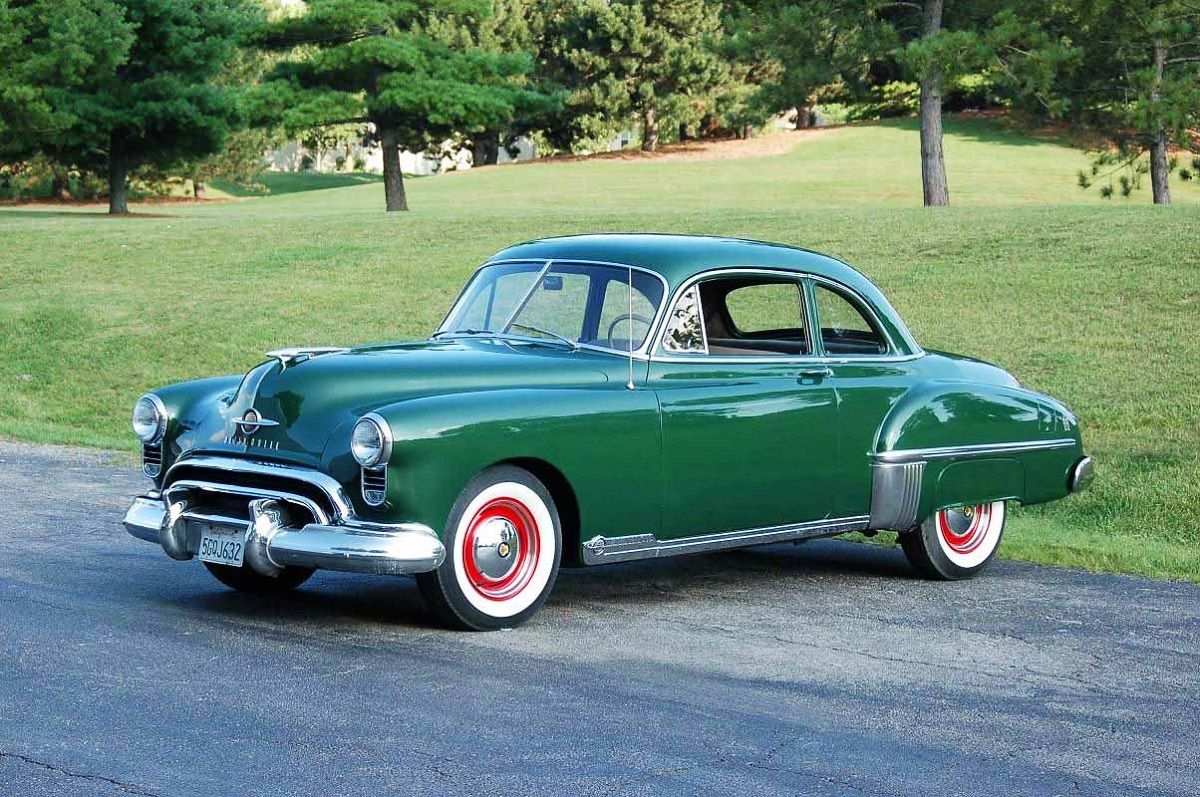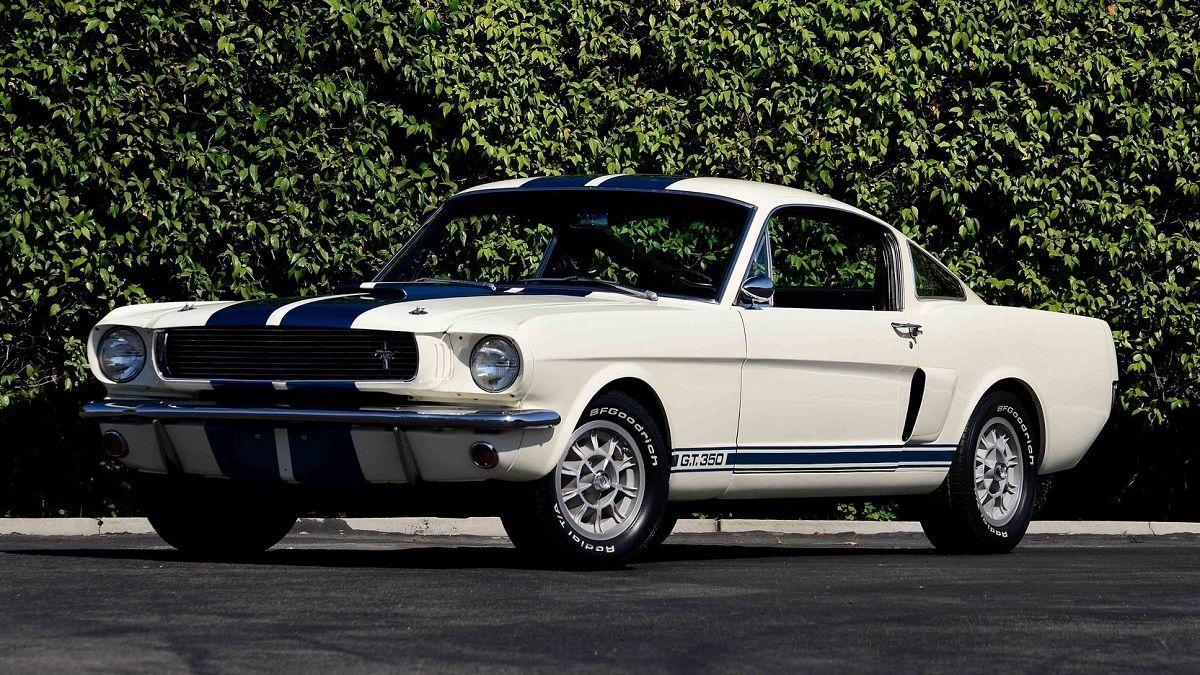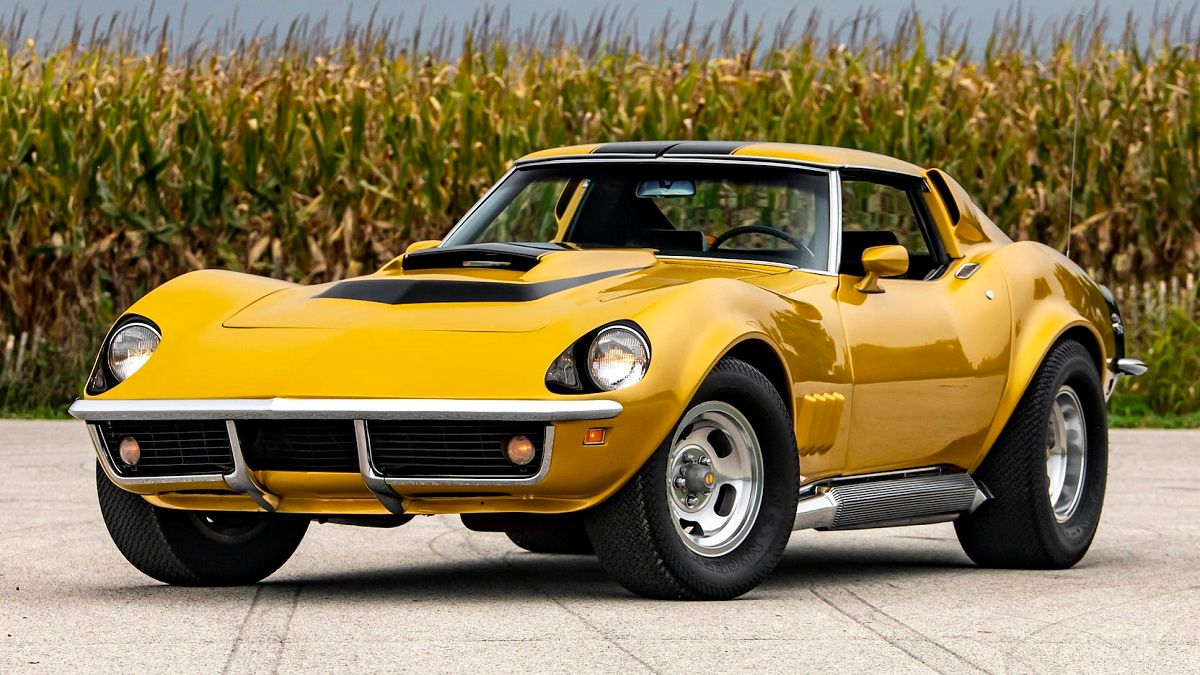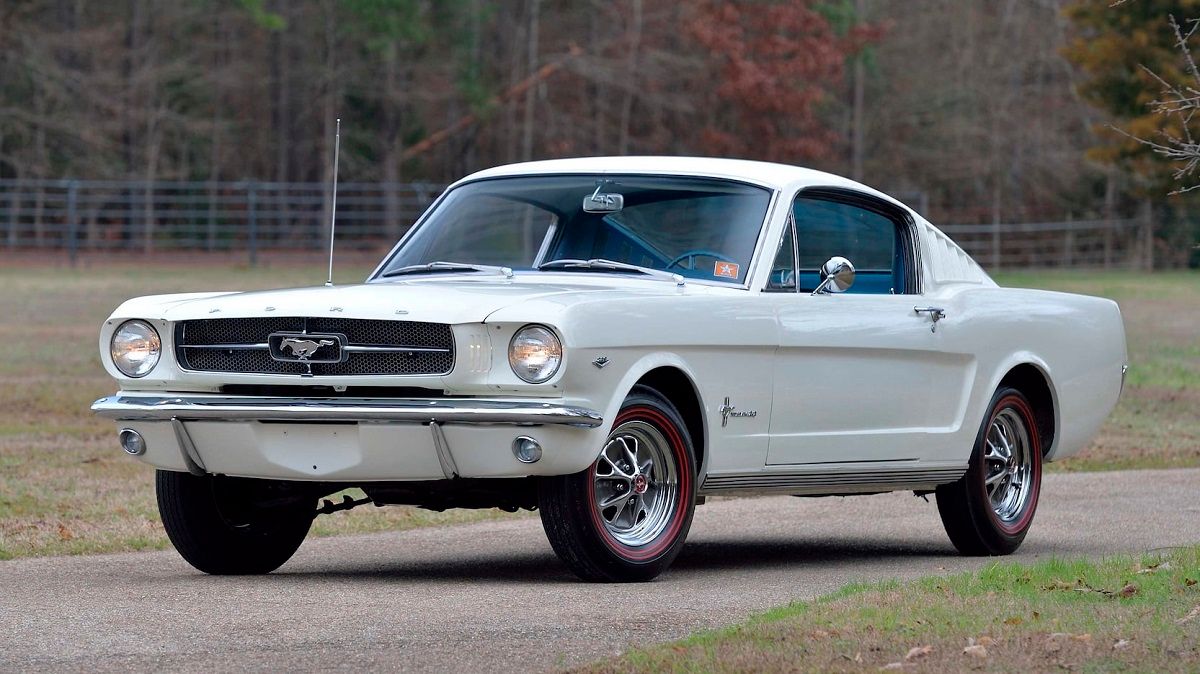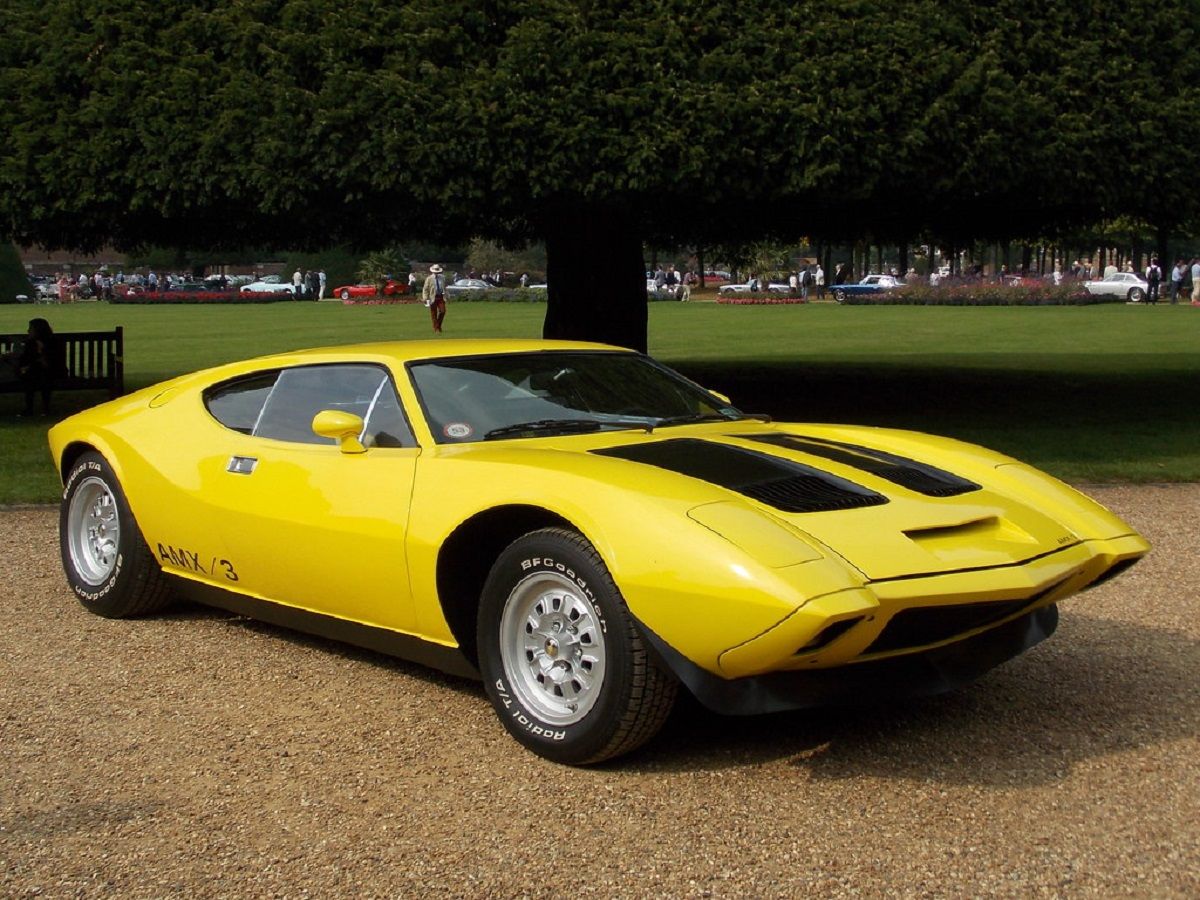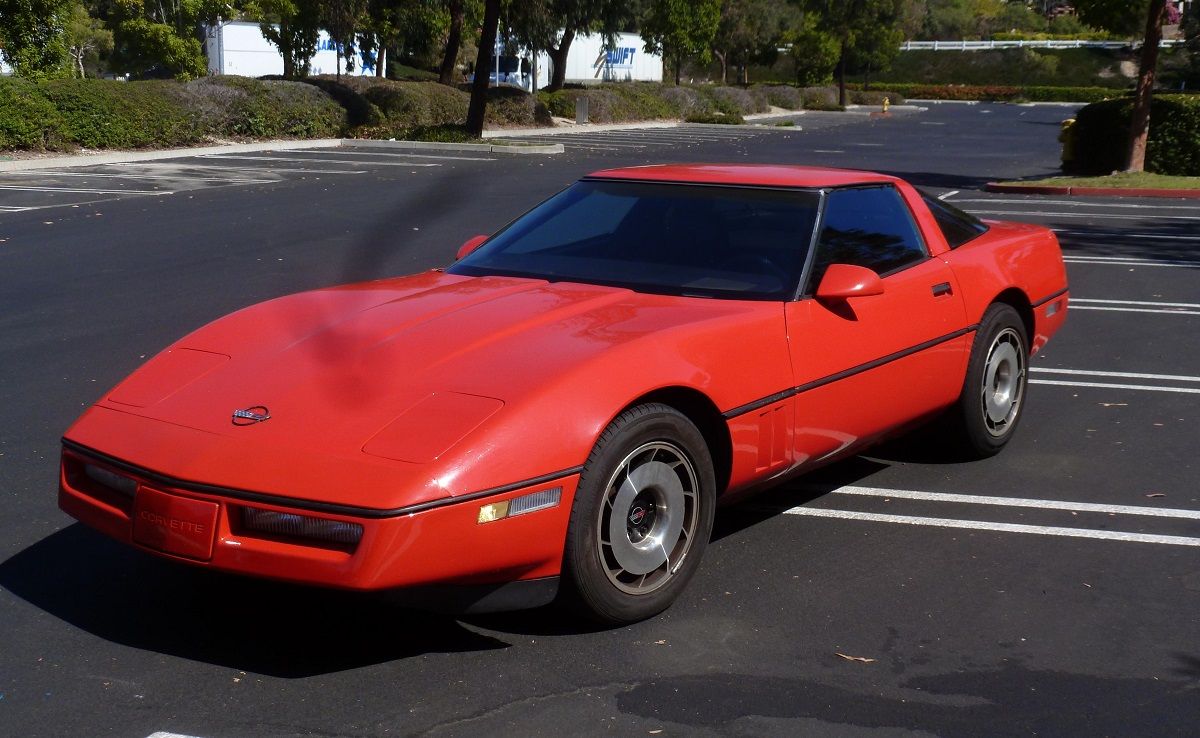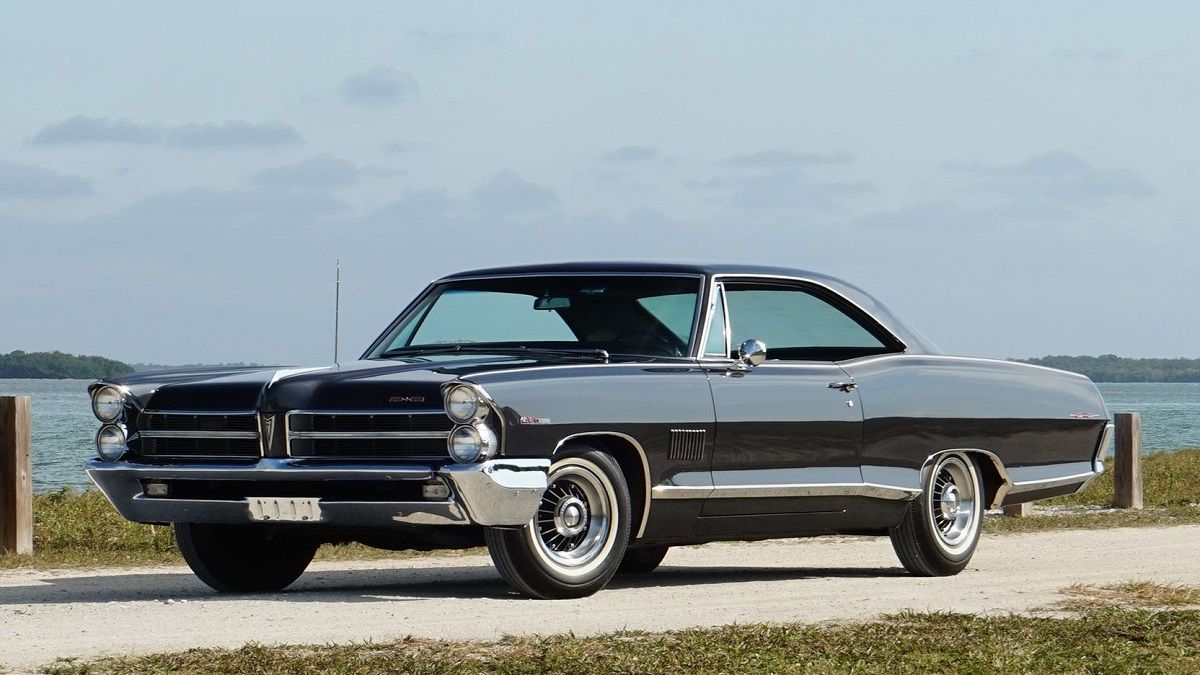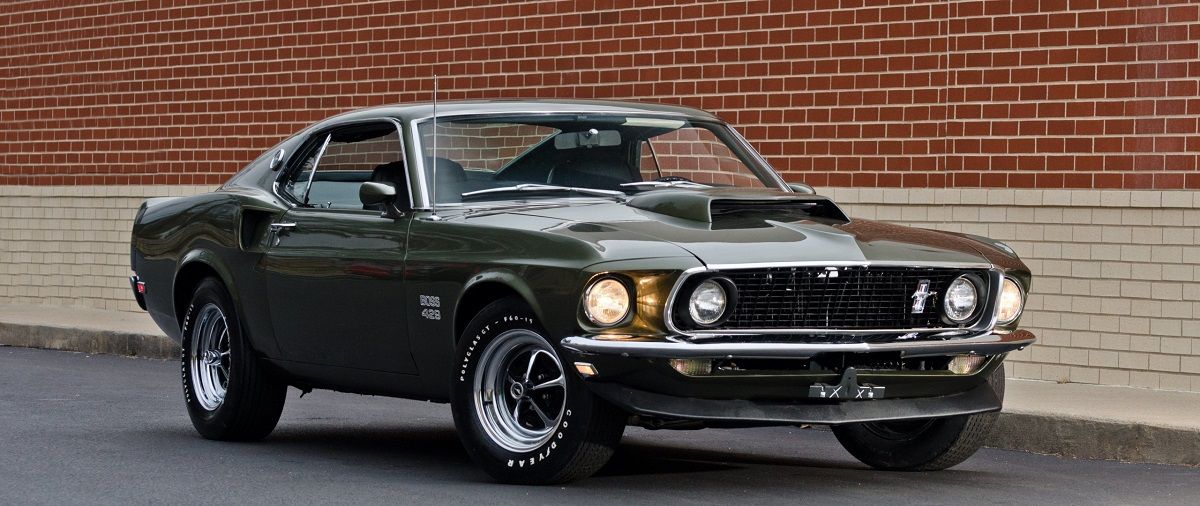When you think of muscle cars, you immediately think of America. They are a massive part of the automotive culture here, a fact known by each and every single American out there. A "high performance car" in another culture is known as a muscle car in America. Muscle cars can be distinguished by their rear-wheel-drive platforms and big V8 engines - just as when they became relevant within the automobile industry from the mid-years of 1960 to 1973, and onwards.
Like with every single car out there, a significant amount of engineering, planning, and development goes into production. However, this is where the good part comes. Beyond all the usual aspects, there are also a number of fun facts behind the central storyline. These are the ones that don't make it to the headlines but would definitely make a great story.
Here are 15 little known facts about American muscle cars:
15 Banned By NASCAR
The Dodge Charger Daytona was hugely successful in NASCAR. However, even though it won a number of trophies and also broke the record of 200 mph in a race, NASCAR decided to modify its rules to stop the Charger Daytona from returning to the racetrack.
14 The Reason Behind Their Credibility
The 1968 Plymouth Road Runner was seen as a revolutionary model as it made a massive difference to the muscle car market. Before the release of this car, it was perceived that muscle cars were only to be owned by senior people or racers. They weren't taken seriously enough.
13 The 442
Oldsmobile was the brand of the GM division that specialized in the making of muscle and entry-level luxury cars. One of their most successful models was the 442 that was named after its 2-exhaust outlets, 4-barrel carburetor, and 4-speed transmission. Isn't that a very creative way to come up with a name?
12 Band-Aid Stripes
Band-aid stripes were an exclusive modification available specifically for the famous Z28 model. The other exceptions for the band-aid stripes were the 1969 Z11 and the Z10 hardtop promotional model. It is hard to think of these stripes being able to make their mark in the world of today, some things are better off left in history.
11 429 Cobra Jet
When Ford produced the Torino Cobra model in the '70s, there was a bit of confusion regarding the company's classification of their VIN based on the models. The Torino Cobra was marked a "J" in its VIN, and it wasn't associated with Cobra Jet even in the slightest. It only presented that model had a Ram Air system.
10 Engine Codes
During the 70s, Ford was doing the exact same number of VIN on its famous Mustang as Mercury was doing on the Cyclone model. Thus, the 1970 model of Cyclone using the 428 and 429 Cobra Jet engines had new serial numbers assigned to them in order to keep both products apart from each other.
9 The First American Muscle Car
To this day, there is confusion regarding what the first American muscle car was. Some say that it was the 1964 Pontiac GTO, however, what is truly a muscle car these days was first produced by Oldsmobile. It was the 1949 Oldsmobile Rocket 88, which was quite successful back during the day.
8 Same Engine - Different Horsepower Ratings?
In the early days of GM, there was a rule that horsepower couldn't exceed one for every 10 pounds of the curb weight of a vehicle. Thus, some manufacturers hid their real figures. Pontiac had a model producing 320 hp, and the GTO version of the car with the same engine produced 366 hp.
7 1966 Shelby GT350
This is a very unique car in automobile history. The 1966 Shelby GT350 was one of those vehicles that even when the company tried extremely hard to cut down costs and include features to make it suitable for everyday use, people ending up describing it as merely too hardcore to drive.
6 The Rosen's Phase III GT
Baldwin-Motion is the company that was popular for tuning Corvettes, and it was headed by Joel Rosen. They released 12 of a unique model at the 1969 NY International Auto Show. It was attended by Zora Arkus-Duntov, who blessed the model personally and praised it a lot. This moment has been marked in history.
5 Is The Ford Mustang A Muscle Car?
People aren't sure about this one, it is an ongoing debate. Like in its official sales documents, it is a pony car. Pony cars have massive engines and bigger bodies than sports cars, but the engines in pony cars are much smaller in comparison to the ones used in muscle cars.
4 1969 AMX/3
Six prototypes of this car were produced (along with a rumored seventh parts car), and some of them found their way to private garages in the end. The ones that have survived to this day look a lot more like production cars than they do prototypes, with one of them selling in an auction for almost $900,000.
3 1984 Chevy Corvette
There isn't a production 1983 Corvette. The third-generation Corvette had its last year in 1982, and then Chevy decided to wait a year till 1984 for the launch of the all-new car. Some say that was because of tighter emissions laws, resulting in more time being required for the development. Others say that it was due to quality glitches.
2 1965 Pontiac Catalina 2+2
The high-performance cars Pontiac provided to the automotive press in the 1960s were sent to Royal Pontiac in Royal Oak, Michigan, before they made it to the hands of writers. Royal was both a dealership and a tuning shop which offered Pontiac-approved speed parts on sale, and there is little doubt that some of the best ones ended up on these Pontiacs.
1 1969 Ford Mustang Boss 429
Three different 429 engines were installed in the Boss 429 between 1969 and 1970. The S-code was introduced in early cars, but unfortunately, it had warranty issues due to an incorrect assembly process. Thus, the T-Code was then used. Last, the A-Code was used as it came with smog equipment and a new valvetrain.

